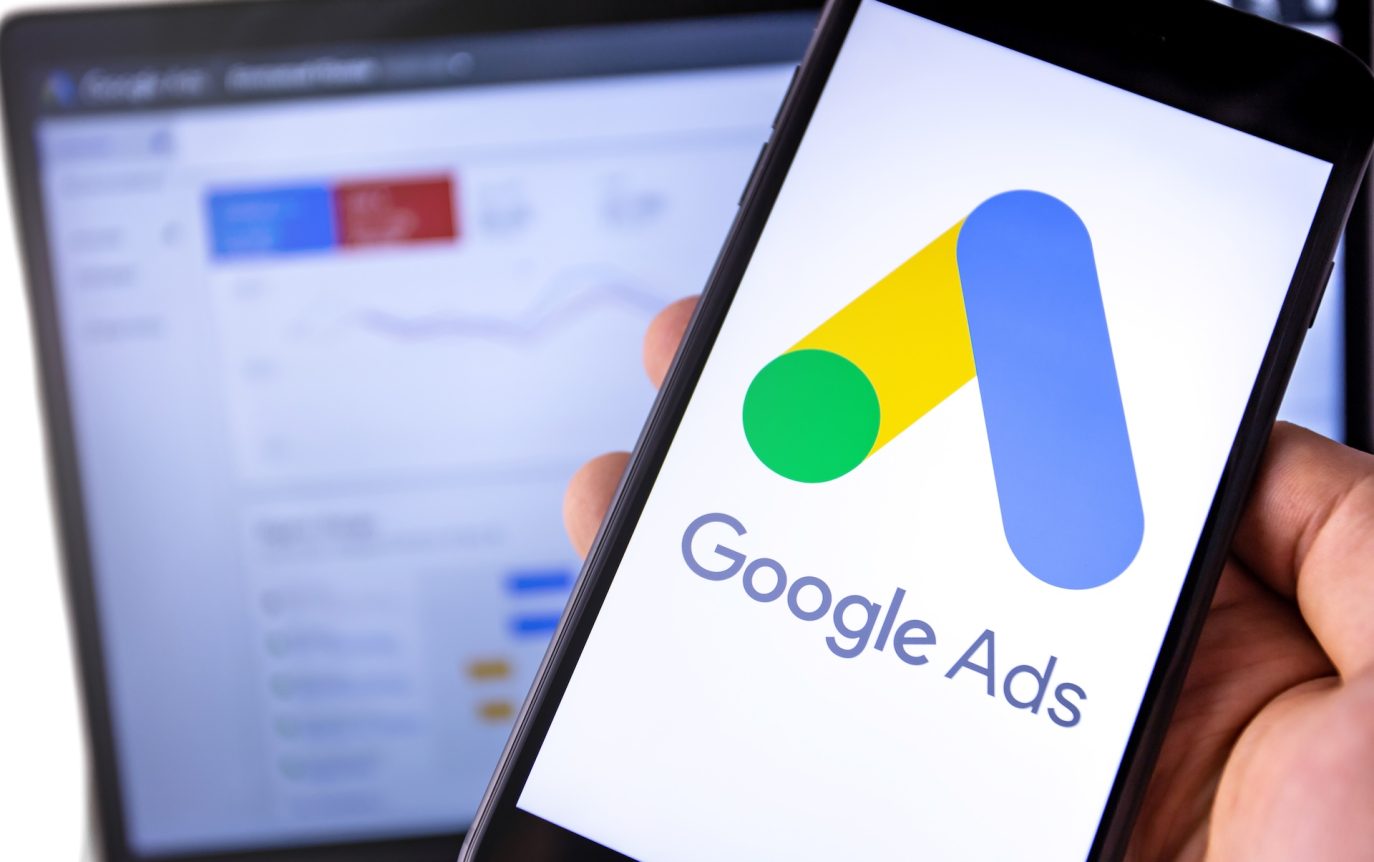There is no doubt that Google is the leading search engine in the world. And as a result, Google AdWords can be an effective way of reaching the right type of customers. But before you jump heads-on into Google AdWords, you have to make sure you’ve done your due diligence to avoid not getting a good return with your investments.
Here’s a summary of the right way to deal with Google AdWords
Have a Specific Objective
What are your goals? What exactly are you intent on achieving with your Google AdWords campaign? Is it leads, sales, whitepaper downloads, sign ups, or email registrations? Who specifically are your target audience and how do you intend reaching them? If you can correctly answer these questions, then you’re one step ahead.
You should try searching for your products on Google to see what results came up, both for the natural results and sponsored links. Look at the various results and think of how your business can be differentiated from the rest.
Defining the right ad campaign structure and choosing from different ad types—such as Search, Display, Video, Shopping, and App ads—is crucial for achieving your goals.
Choose Your Keywords
Google has a keyword tool. Use it to understand how customers are searching for your products and then determine the specific long-tail keywords to use for your campaign. Long-tail keywords are more effective than single keywords, as they can narrow down your ads to your specific target audience.
Conduct thorough research to identify the best keywords and strategies for your ad campaign. Using negative keywords is an effective strategy; for example, if you sell luxury watches, you might add “cheap” as a negative keyword to avoid irrelevant searches.
Use attention-grabbing headlines with a call-to-action such as “buy now” in addition with your keywords included in the text. This will ensure that your Google ads will get to the right audience and make them take action.
Google’s AI can help optimize your ad campaign by recommending keywords and improving ad performance, making it easier to expand your reach and achieve better results.
Improve Your Website
Your website is the first point of contact between you and your customers. Spending money to direct visitors to your website if it’s not properly designed is a total waste of time. In addition, you need to ensure your website is easy to navigate and mobile-friendly. Make sure to incorporate call to action buttons such as ‘add to cart’ and ‘sign up now’, as this make the website more user-friendly. If you have online forms integrated in your site, ensure they work properly.
Uploading high-quality images, videos, and logos as assets can enhance your ads and make them more engaging. When you create your ad, be sure to upload these assets so Google’s AI can generate the most effective ad combinations.
Set Your Budget
One mistake that a lot of people make is not setting their budget from the beginning. Don’t make this same mistake, as you can easily get burnt. You can start by doing a three-month trail to see how things work out.
Your bid and average CPC (cost-per-click) directly affect your ad campaign’s visibility and costs. Monitoring your quality score and aiming for a high quality score can improve your ad performance and help you get better results for your budget.
Track Your Progress
Keeping track of your ad progress is a must, as you need to ascertain how well your campaigns are performing. You should insert conversion tracking into your website to see the effects of your ads on customer activity.
Preview your ads before launch to ensure all assets—images, videos, logos—are displayed correctly. Regularly upload new creative assets to keep your ads fresh and engaging.
It’s also advisable to continuously modify your ads according to the results you’re getting to remove poorly performing keywords. You should run a variation of your ad regularly in order to discover which adds provide the best results.
Finally, as a marketing rule of thumb, ensure you integrate your Google AdWords into your general marketing strategy, including both offline and online methods of reaching prospects.
Using Performance Max and Smart Campaigns as automated strategies powered by Google’s AI can help expand your reach and optimize results across multiple channels, including app promotion. These strategies allow you to upload a variety of assets and let Google’s AI select the best combinations for your ad campaign.
You can opt out of certain ad tracking features for privacy. Users browse and search for products across web and app platforms, so it’s important to tailor your ad campaign to different user behaviors and searches.
Always preview your ad before launch and watch how it appears across different placements, such as YouTube’s Watch Next or Watch Later pages, to ensure consistency and effectiveness.
Note: Google owns the Google Play Store, which is relevant for app campaigns targeting Android users.
If you’re thinking about starting your first Adwords campaign and need a quick and simple loan solution to get you started, talk to Unsecured Finance Australia about how we can help you meet your business finance needs.
Introduction to Google Ads
Google Ads is a powerful online advertising platform that gives businesses the opportunity to connect with potential customers right when they are searching for products or services. With Google Ads, you can create targeted ads that appear on Google search results and across the web, helping to drive more traffic to your website and increase sales. The way Google Ads works is by allowing advertisers to set up campaigns that reach specific audiences based on keywords, location, interests, and more. This means your ads are shown to people who are actively searching for what your business offers, making it easier to attract new customers and grow your business. Whether you want to boost brand awareness, generate leads, or drive online sales, Google Ads can help you achieve your goals by putting your business in front of the right audience at the right time.
Setting up your Google Ads Account
Getting started with Google Ads begins with setting up your Google Ads account. You’ll need to provide your business name and website, which helps Google understand what your business is about and how to best connect you with potential customers. Next, you’ll select a campaign goal that aligns with your business objectives, such as increasing website visits or driving sales. Choosing a bidding strategy is also important, as it determines how you pay for clicks or impressions on your ads. Setting a daily budget ensures you stay in control of your spending and can adjust as you learn what works best for your business. Google Ads offers helpful guidance throughout the setup process, making it easy to create your first campaign and start reaching new customers online.
Campaign Goal
Defining a clear campaign goal is a crucial first step when launching a Google Ads campaign. Your goal could be to drive more sales, generate leads, or build brand awareness for your business. The campaign goal you choose will shape every aspect of your Google Ads campaign, from the type of ads you create to how you target your audience. Google Ads offers several campaign types, including Search ads that appear on Google search results, Display ads that show across the web, Video ads on YouTube, and Shopping ads for e-commerce businesses. By selecting the right campaign type and aligning it with your business objectives, you can ensure your ads reach the right people and deliver measurable results, whether that’s more leads, increased sales, or greater visibility for your brand.
Creating your First Campaign
Launching your first Google Ads campaign is an exciting milestone for your business. Start by choosing the campaign type that best matches your goals, such as Search, Display, or Video. Next, set your budget to control how much you spend each day. Organize your campaign into ad groups, which help you group related ads and keywords together for more effective targeting. If you’re unsure which keywords to use, Google Ads provides tools to help you find the terms your potential customers are searching for. Once your ad groups are set up, you can create compelling ads that speak directly to your audience and encourage them to take action. Focus on your campaign goal and use clear, persuasive language to drive more clicks and conversions from your ads.
Understanding Google Ads Campaigns
To get the most out of Google Ads, it’s important to understand how Google Ads campaigns are structured and how they work. Each campaign is made up of ad groups, which contain your ads and the keywords you want to target. Your bidding strategy determines how you compete for ad placements, while your choice of keywords and ad copy helps attract potential customers. By mastering these elements, you can create Google Ads campaigns that generate more clicks, drive sales, and help your business grow. Whether you’re a Google Ads expert or just starting out, having a solid strategy and regularly reviewing your campaigns will ensure you reach your target audience and achieve the best possible results for your business.




